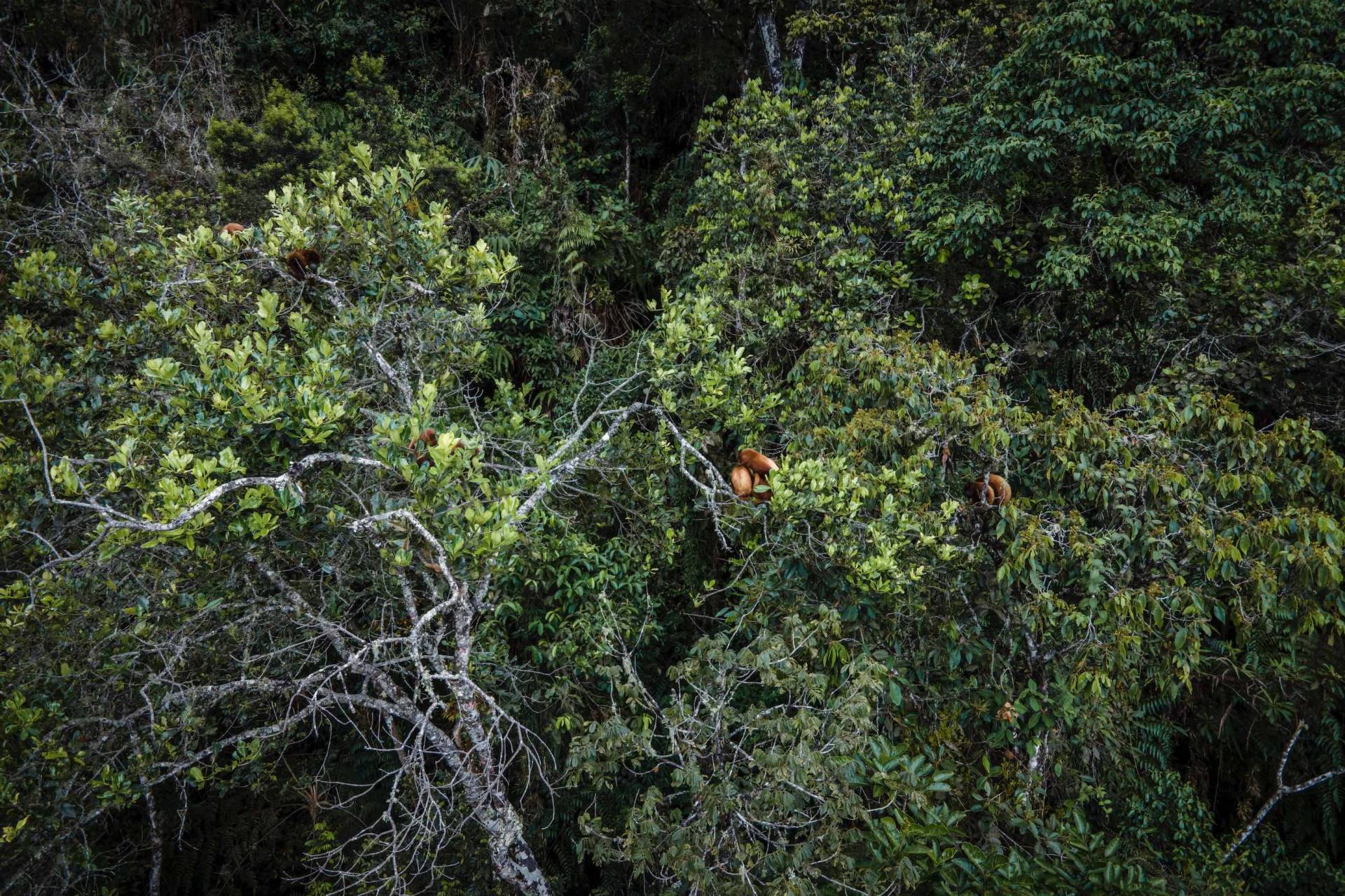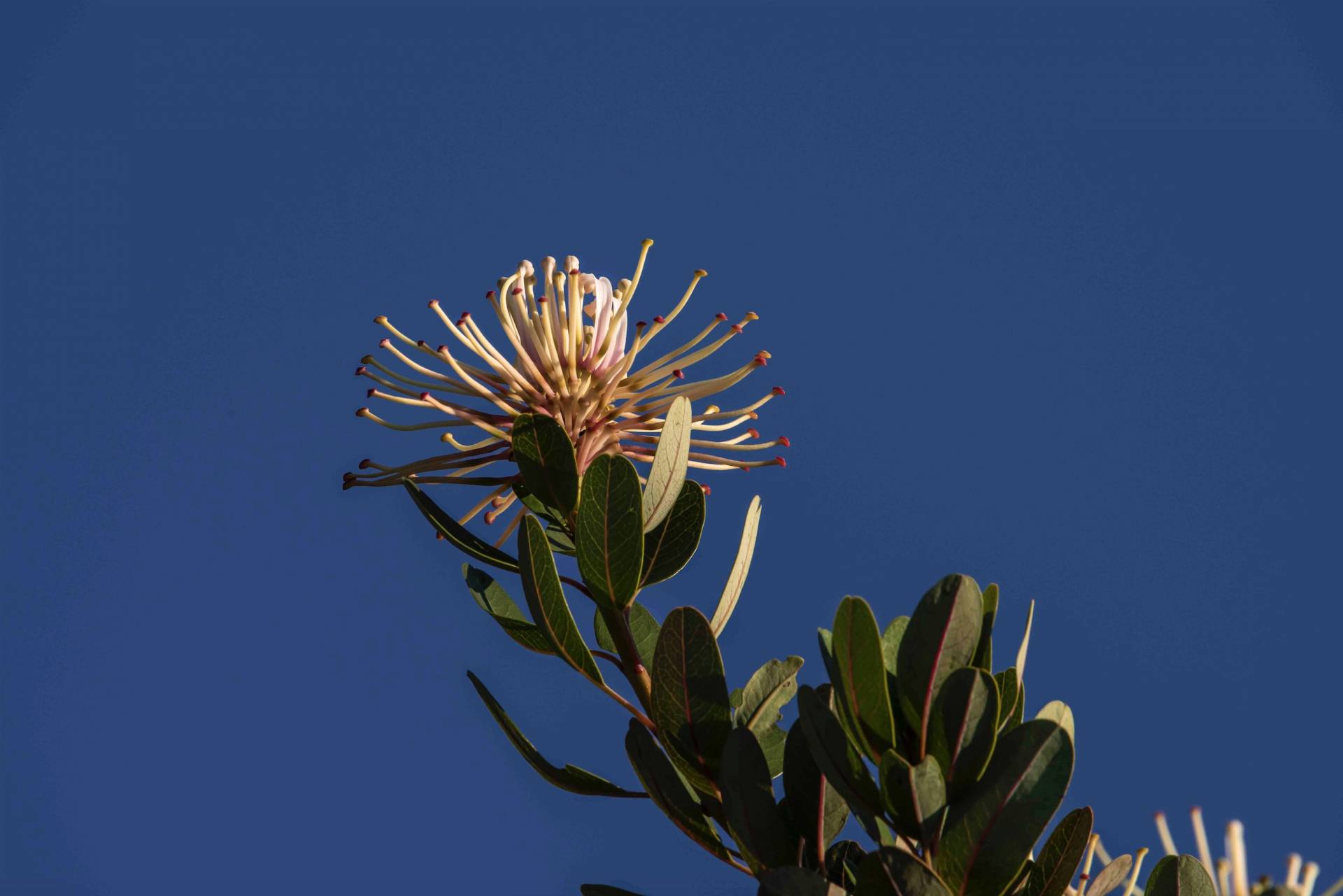A New Conservation Area in the Peruvian Andes
05/06/2021
Strategic Area:
Wild Places -
Content Type: News
Country:
Peru -
The newly established Regional Conservation Area “Páramos y Bosques Montanos de Jaén y Tabaconas” secures biodiverse habitat and critical water sources in Cajamarca, Peru.
Nature and Culture International is excited to announce the declaration of a new conservation area! The newly established Páramos y Bosques Montanos de Jaén y Tabaconas Regional Conservation Area (Jaen y Tabaconas) protects 78,915 acres within a bi-national corridor in the Andes, connecting Colambo Yacuri National Park in Ecuador with several conservation areas in northern Peru.
Jaén y Tabaconas sits in the highly biodiverse yungas ecoregion, a band of forest on the east slope of the Andes Mountains. Its montane forests and páramos contain an abundance of wildlife, with Jaén y Tabaconas confirmed so far to host 256 species of birds, 31 species of mammals, 8 species of amphibians, and 6 species of reptiles. Species in the area include the white-fronted capuchin (Cebus albifrons) and the newly-recorded lizard species Pholidobolus ulisesi.
In linking conservation areas in Ecuador and Peru, Jaén y Tabaconas establishes habitat connectivity essential for the long-term survival of far-ranging species such as the vulnerable spectacled bear (Tremarctos ornatus) and endangered mountain tapir (Tapirus pinchaque).
The area is also home to at least 519 plant species, including the threatened cinchona tree (Cinchona officinalis). The cinchona tree is well-known globally as the source of quinine, a medication used to treat malaria.



Jaén y Tabaconas encompasses one of Peru’s most fragile yet important ecosystems: the páramos. Sometimes referred to as “water factories,” páramos act like sponges, absorbing rain and moisture from the air. They are essential for providing clean, abundant water for surrounding communities. The area protects nearly 20,000 acres of páramos, the largest extension of páramos in Cajamarca, including 17 streams that discharge water to the main rivers of Huancabamba in Piura, Peru, and Tabaconas in Cajamarca, Peru.
The Olmos Hydropower Project, a high-priority regional water development project, is currently being implemented thanks in part to abundant water provided by Jaén y Tabaconas. This project will benefit regional agriculture and generate 28,000 jobs with direct labor.
“The páramos and montane forests of Jaén y Tabaconas are a source of life for present and future generations,” says José Huamán Mantilla, Deputy Manager of the Regional Government of Cajamarca. “Their conservation is a high priority for the Cajamarca region.”

Jaen y Tabaconas was created in response to growing threats in the region, including logging, unsustainable livestock activities, and fires. “[Local communities] are fighting every day to protect our páramos,” says Alexar Bermea of Sallique, Jaen.
The area is a result of collaboration between the Regional Government of Cajamarca, local communities and authorities, the Peruvian Service for Natural Protected Areas, and Nature and Culture International. Jaen y Tabaconas was established thanks to financial support from Andes Amazon Fund and generous donors like you!
With your help, Nature and Culture will continue to work with local communities and authorities to develop the area’s Management Plan to ensure lasting and effective conservation impact.
Thank you for making this achievement possible! We hope that this bit of good news inspires you to continue fighting for nature and culture.
Learn more about your impact in Peru here.


